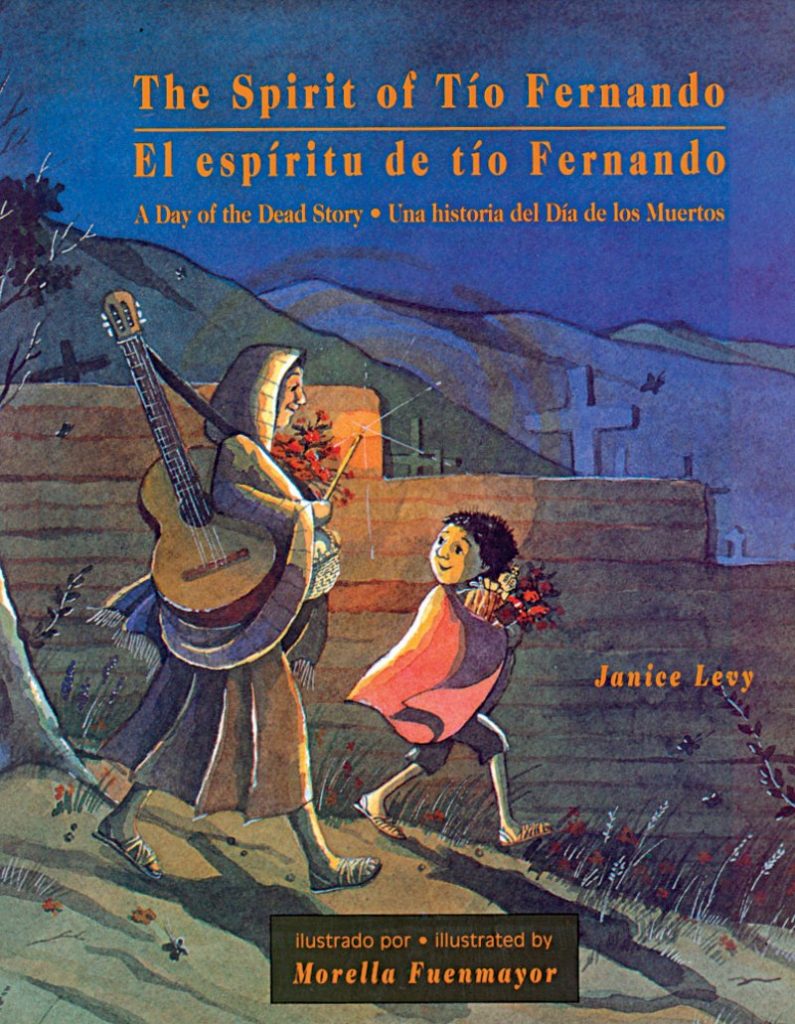By Judi Moreillon, Texas Woman’s University, Texas Ambassador for USBBY
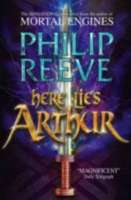
“Cei laughed off the slanders. ‘They’re only stories,’ he would say. ‘What do stories matter?’ But he wasn’t stupid. He knew as well as Myrddin that in the end stories are all that matter” (Reeve 204).
British author Philip Reeve uses the well-known legends of King Arthur and the Knights of the Roundtable as a springboard for his novel Here Lies Arthur. Reeve offers explanations for the unexplained in the original tales, which may be part history and greater part folklore, and have been embellished by retellers since the late 5th and early 6th century when King Arthur supposedly performed heroic and even magical deeds. Along with his knights, Arthur has been credited with defending Britain from invading Saxons. He has embodied the virtues of loyalty, honor and chivalry. In his author’s note, Reeve provides historical and literary documentation for the novel.
Continue reading


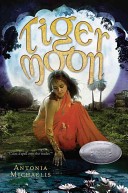 In the theory of “suspension of disbelief” as suggested by British poet and philosopher Samuel Taylor Coleridge, it is the storyteller or author who must spin such a compelling tale that the listener/reader will accept a fantasy as a plausible reality. In
In the theory of “suspension of disbelief” as suggested by British poet and philosopher Samuel Taylor Coleridge, it is the storyteller or author who must spin such a compelling tale that the listener/reader will accept a fantasy as a plausible reality. In 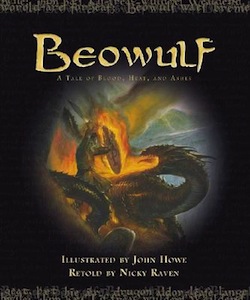
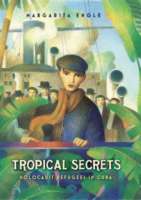 Those who are familiar with the vast range of contemporary novels published today are aware of the diversity of topics, characters, and events that make these books significant and appealing to readers. However, as with the realm of picture books, many readers, adolescents and young adults, are not aware of the powerful contents of these books, and educators working with this population are often even less informed, or their perception is that YA literature is a bridge to the more difficult pieces traditional literature.
Those who are familiar with the vast range of contemporary novels published today are aware of the diversity of topics, characters, and events that make these books significant and appealing to readers. However, as with the realm of picture books, many readers, adolescents and young adults, are not aware of the powerful contents of these books, and educators working with this population are often even less informed, or their perception is that YA literature is a bridge to the more difficult pieces traditional literature. 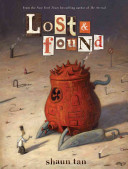 Picture books have been defined over the past few decades with great integrity and attention to the complex interaction that occurs for the reader through the visual aspects of such books—text, illustrations, total design; a commercial product; a social, cultural, historical document (Bader, 1976). Still, when secondary teachers are approached about using picture books in the classroom, many somewhat shun the idea or act surprised that anyone could think this a valid curricular resource for older students. A small number attest to the fact that picture books hold significant experiences for older readers and these teachers can share numerous reasons why picture books play an important role in their instruction.
Picture books have been defined over the past few decades with great integrity and attention to the complex interaction that occurs for the reader through the visual aspects of such books—text, illustrations, total design; a commercial product; a social, cultural, historical document (Bader, 1976). Still, when secondary teachers are approached about using picture books in the classroom, many somewhat shun the idea or act surprised that anyone could think this a valid curricular resource for older students. A small number attest to the fact that picture books hold significant experiences for older readers and these teachers can share numerous reasons why picture books play an important role in their instruction. 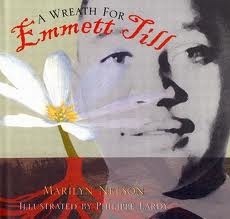
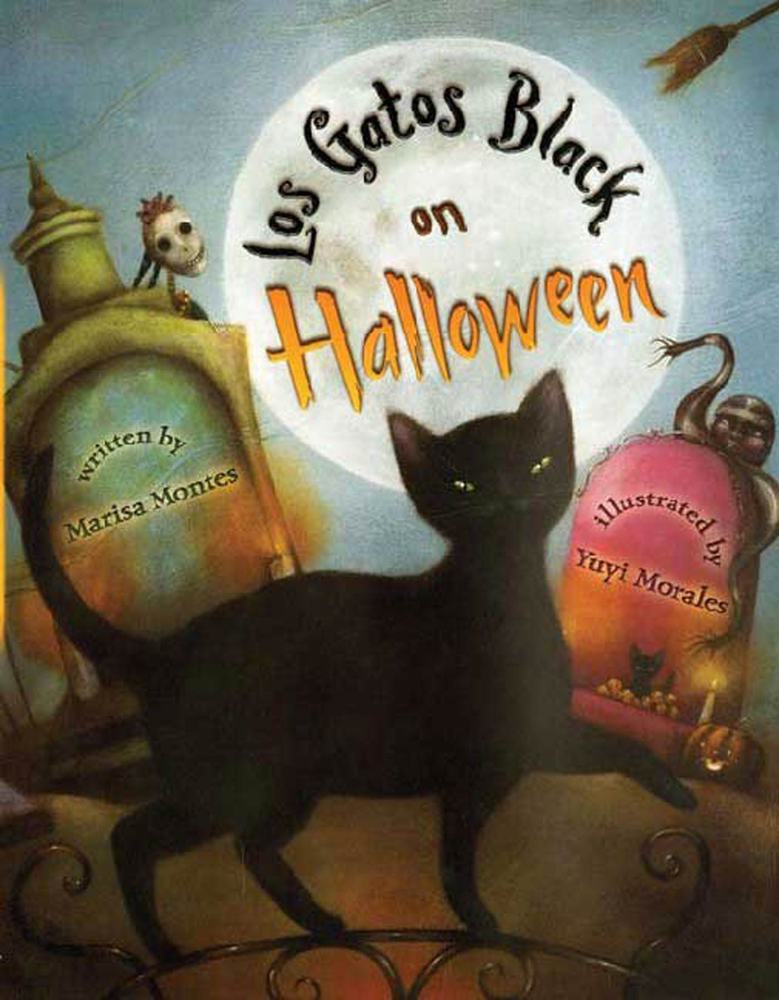
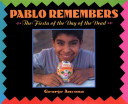 This week two students offer a critique of the book and make connections to course readings in emergent bilingualism and linguistics. We begin with a summary, followed by the strengths and issues and close with teaching connections.
This week two students offer a critique of the book and make connections to course readings in emergent bilingualism and linguistics. We begin with a summary, followed by the strengths and issues and close with teaching connections.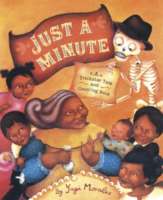 This week a group of students read Yuyi Morales’ beautiful stories,
This week a group of students read Yuyi Morales’ beautiful stories, 